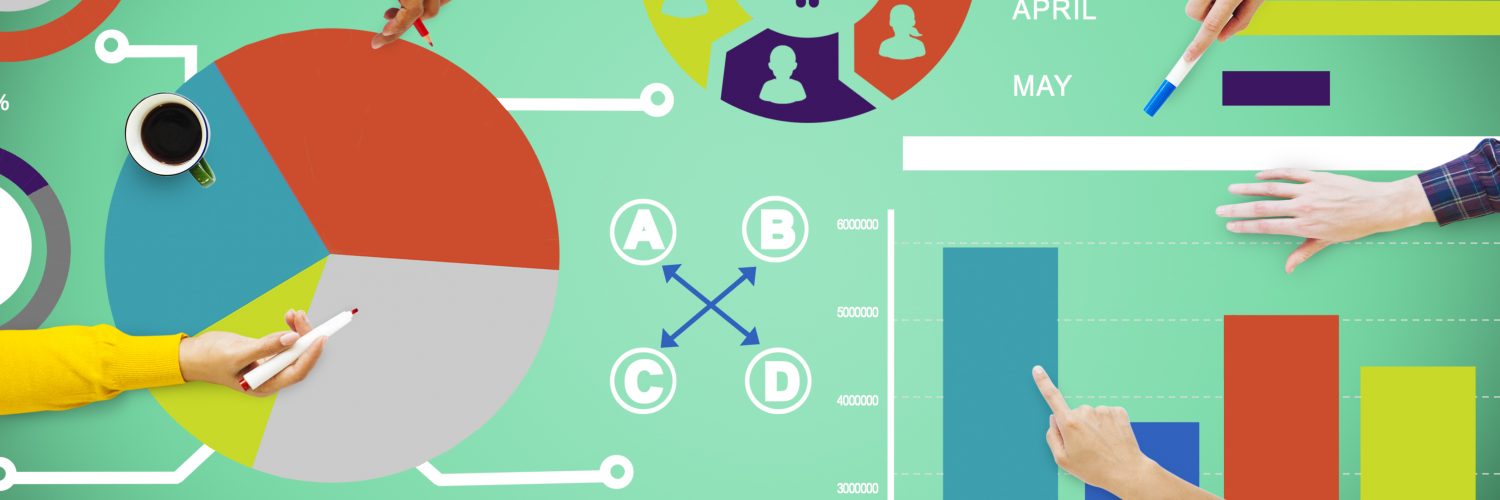What if more than a third of your company’s first-party-data-related research about online behavior turned out to be not accurate? That could potentially be at least troublesome if not disastrous, right?
A new study out from consumer insights firm Disqo addressing this question came to this conclusion, finding that 38 percent of consumers inaccurately recall their online behaviors. Digiday got a first look at the study before it was released to the industry today.
Disqo’s study refers to this differential as the “say-do gap,” surveying nearly 54,000 consumers about their shopping behavior in the last 30 days, then comparing the self-reports to actual digital behavior data collected over the same 30-day period.
“It shows that asking people about what they did is not necessarily the most accurate way to finding out what they actually did,” said Anne Hunter, Disqo’s vp of product marketing. “However, it doesn’t negate the value of asking people why they did it.”
Disqo drilled into three categories of online shopping — autos, travel and grocery shopping — matching keyword searches, website visits and mobile app launches to lists of keywords, websites and apps. Each consumer who had five or more of these digital events was labeled an “Active Shopper.”
The gap between what the auto-shopping consumers said they did versus what they actually did was 53 percent, while the grocery gap was 33 percent and the travel gap stood at 28 percent.
“You need to double check the data collected from behaviors as well as from opinion sources, which are increasingly seen as a solution with brands trying to collect massive amounts of first-party data,” said Hunter. “It shows the loss of behavioral identifiers … can’t necessarily be replaced by asking people about their behaviors. And finding sources of accurate observed behaviors to combine with opinions is even more critical.”
Media agencies said Disqo’s findings bear out in a few ways.
“This research confirms a great deal of what research psychology already knows about unreliability of memory, and the gap between what we call expressed intent and revealed intent,” said Steve Grant, senior vp of human integration at Horizon Media’s WHY Group. “This is a great example of why incorporating social and consumer psychology into marketing research is so important. For any of the categories [in the study], cueing recall through messages and building clear paths of action through choice architecture would aid in consumer memory, and likely spark more actual buying behavior.”
“We’re not surprised by these findings, as they reinforce the discrepancy between perceived and actual online behaviors” that Omnicom Media Group’s Hearts & Science uncovered in its 2019 Conscious Disconnectors research, said Pamela Marsh, OMG’s managing director of primary research. In that study, said Marsh, “we saw a 33 percent gap between the average self-reported time spent daily in apps [3.26 hours] versus average actual time the respondents’ spent in apps [ 5 hours] every day.”
Cutting across age groups, the largest gap was 35-44 year-olds, which to be fair is arguably the demographic most busy juggling career, parenting and a host of other issues. Hunter said Disqo didn’t dive into why the gap exists, but noted the data shows that parenting age cohort had the biggest gap.
Another surprise to Hunter was the inverse relationship between peoples’ confidence in remembering things right and their actual memory. Generally men, affluent people and in middle age brackets demonstrated more confidence. “It may be the Dunning Kruger effect [in short, the less you know about something, the more you think you know] displayed with facts,” she noted. “Brands need to question when they ask ‘How confident are you?’, whether that is a signal of the data being accurate, or perhaps a signal of it being inaccurate.”
The post New study reveals large gaps in what consumers think they do online — vs. what they actually do appeared first on Digiday.





![Maak saaie content interessant: spelen met invalshoeken [3 tips]](https://www.pharmamarketeer.nl/wp-content/uploads/2025/01/high-angle-shot-of-a-diverse-business-team-hands-p-2023-11-27-05-19-55-utc-1-385x300.jpg)


![Maak saaie content interessant: spelen met invalshoeken [3 tips]](https://www.pharmamarketeer.nl/wp-content/uploads/2025/01/high-angle-shot-of-a-diverse-business-team-hands-p-2023-11-27-05-19-55-utc-1-80x60.jpg)

